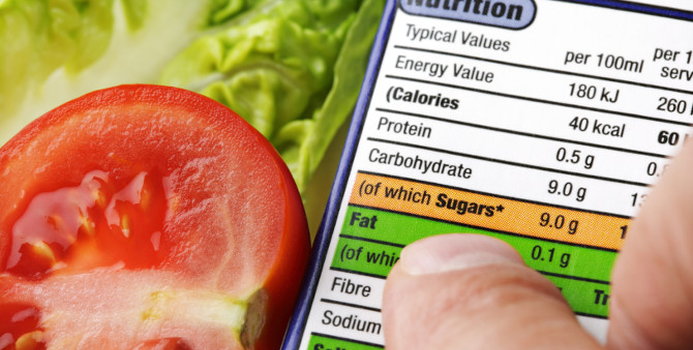One of the best ways to find out the nutritional values of packaged foods is to look at food labels. Food labels provide important information such as the ingredients used, recommended serving sizes, calories, nutrition and others. However, some food manufacturers use misleading labels to trick consumers into thinking that their products have high nutritional values, when the products may be unhealthy and even toxic. To make sure that you will not be deceived by dishonest food labels, you should learn more about the common types of food label deceptions that are used by food manufacturers to make their products more attractive to consumers.
1) Combination of Sweeteners
Modern consumers are concerned with the quantities of sugar that are found in food products. As such, some manufacturers try to make people think that their products are low in sugar. They use a combination of different sweeteners, such as cane sugar, evaporated cane sugar, dextrose, sucrose, corn syrup and high fructose corn syrup, in their products. These sweeteners have the same effect on the body as regular sugar, and they do not have any nutritional value. According to regulations set by the FDA, ingredients of the highest concentrations have to be listed on food labels first. With so many different types of sweeteners in the products, the total sugar content will not be shown on the food labels. Instead, it will appear as several separate ingredients. Those who do not know terms such as dextrose and sucrose will think that the food products contain very little sugar.
2) Manipulation of Serving Sizes
Food manufacturers can also trick consumers by manipulating portion sizes that are shown on food labels. The portion sizes are reduced to ridiculously small quantities, which are still legal according to FDA regulations, and the amounts of ingredients will appear to be lower than their actual amounts in the whole product. For example, people usually drink a whole bottle of soda in one sitting, but the label may indicate that a bottle is actually 2 or 2 1/2 servings.
3) The "Zero Trans Fat" Trick
In the past few years, many negative things have been said about trans fat, and some localities around the world have even banned the sale and consumption of any product that contains trans fat. Therefore, it has become a good business practice for food manufacturers to include a "Zero Trans Fat" label on their products. Many products do not contain any trans fat at all, but there are some products that have small amounts of it. FDA requires manufacturers to report trans fat on their food labels if the quantity is more than 0.5 grams per serving. To make consumers think that their products are free of trans fat, manufacturers suggest smaller serving sizes on their labels.
4) Hiding Detrimental Ingredients
Many manufacturers also replace the names of certain detrimental ingredients with more innocent-sounding names, so that consumers will not be deterred from trying their products. For instance, the term "yeast extract" is used as a substitute for the dangerous additive MSG, and "sodium nitrate" is actually an ingredient that can contribute to the development of a few types of cancer.



